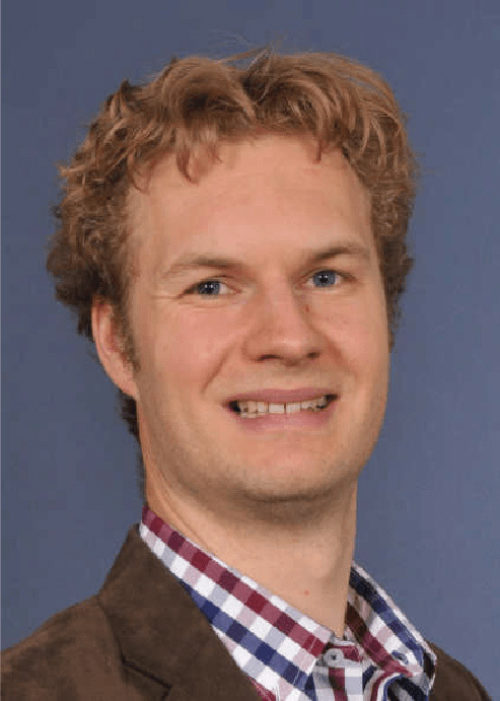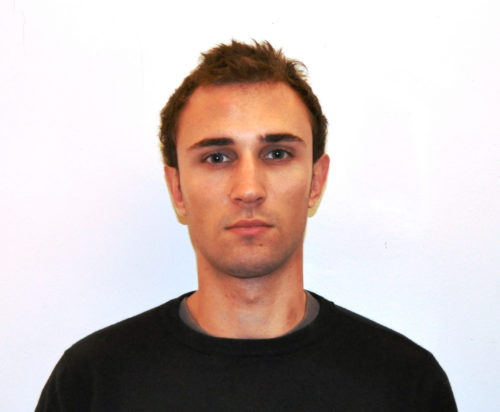Mapping, Surveying & Inspection
Asset Integrity Management requires the surveying of and placement of Non-Destructive Evaluation (NDE) sensors onto complex structures located in the dynamic and challenging offshore environment.
The aim of this work theme is to provide the offshore industry with the tools needed to assess a structure using Non-Destructive Evaluation sensors and to properly map an environment in 3D using laser, vision and acoustic sensors.
ORCA is working to endow robots with the ability to:
- navigate within this challenging field
- locate specific structures or features of interest
- inspect these features if and when required

The Mapping, Surveying & Inspection team led from Heriot-Watt University by Professor Yvan Petillot are investigating novel navigation techniques for GPS-denied
environments to allow accurate re-localization of industrial structures and acoustic and vision based navigation using end to end
deep learning approaches for the underwater
domain. These techniques will enable robots to safely navigate inside
and around structures.
To enable the offshore industry to certify the integrity of structures via frequent surveying and accurate 3D modelling, we are working to increase the accuracy of robotic mapping systems to the optimal standard that the industry requires.
We are developing new approaches for heterogeneous multi-robot survey, for example, drones pairing with surface vehicles, to provide accurate multi-domain and multi-sensor 3D models of infrastructure, whilst in parallel developing techniques for longitudinal change detection, for example, to identify wind farm mooring subsidence.
The current lack of solutions for complex NDE probe manipulation and universal NDE probe set that can be employed for inspections is being addressed through the development of low power, easily deployable NDE sensors which will interface with numerous Electromagnetic Acoustic Transducer (EMAT) NDE probes.
Work is also ongoing to develop low-cost mobile
sensor networks - "Limpets" - that contain multiple exterioceptive sensing
modalities, which are capable of withstanding the challenging offshore environment and which can stick to structures that
are made from ferrous or composite materials. Find out more about the Limpet.
Mapping, Surveying & Inspection research is being undertaken by:



















